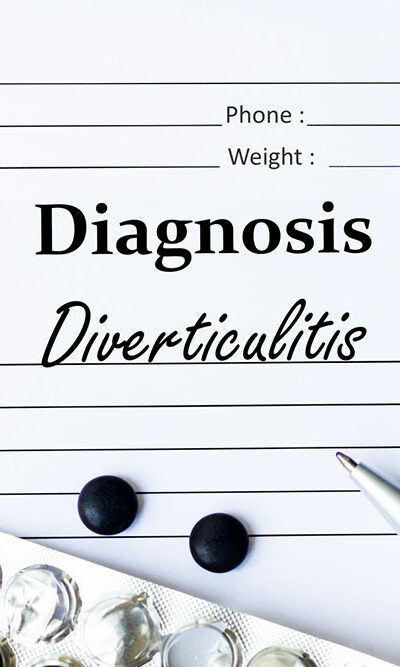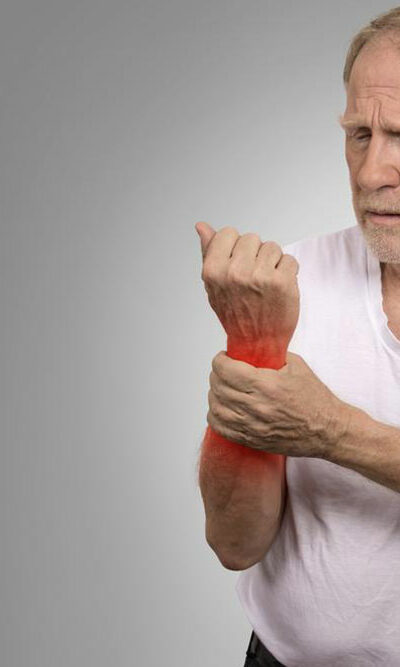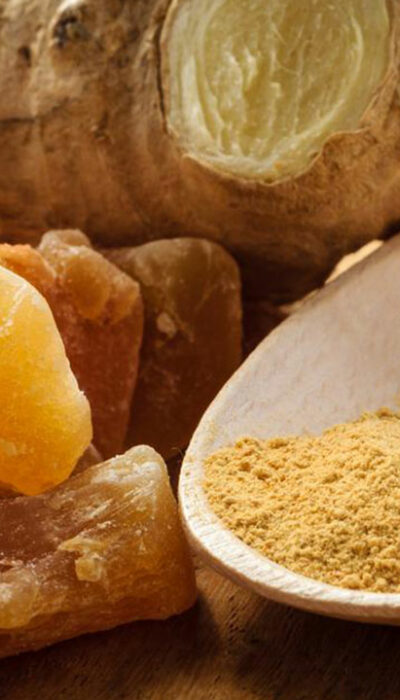
An Introduction to the Types of Itchy Skin Rashes
There are many kinds of rash that can affect an individual at some point in time in life. Rashes are in fact quite common, and people have experienced it right since childhood. However, these are very irritating and hinder our everyday activities. Firstly, you have to know what a rash is exactly. A rash cannot be specifically diagnosed. It is a kind of inflammation that can also be seen normally on the skin. There are common rashes of skin that are poison, eczema, hives, and ivy. Infections such as bacterial, fungal, viral or parasitic, can lead to rashes in general. There are also over-the-counter products that are useful to treat skin rashes in people. The rash that remains there for longer than a few days requires doctor’s advice. Type of itchy skin rashes There different kinds of noninfectious rashes as well. When a person develops a new rash, he is also likely to develop a fever or other illness caused by the rash. It is recommended to see a doctor to treat the problem in its earliest stages. Atopic dermatitis It is also known as eczema. It is a common disorder that begins in childhood and results in the appearance of red, weeping and itchy rashes. These rashes develop on the inner side of elbows and at the back side of knee and cheeks, wrist, neck, and ankles. People suffering from asthma and hay fever usually experience it. Seborrheic dermatitis It is a single rash but common in nature. It usually affects the adult population. It leaves behind red scaling and itchy rash. They generally occur on the scalp, brows, external ears, cheeks and forehead. In children, it usually occurs on the scalp. Contact dermatitis This rash spreads through contact. When someone comes in contact with a specific chemical that he is allergic to, there is a likelihood for him for developing irritating, itchy skin rashes.










